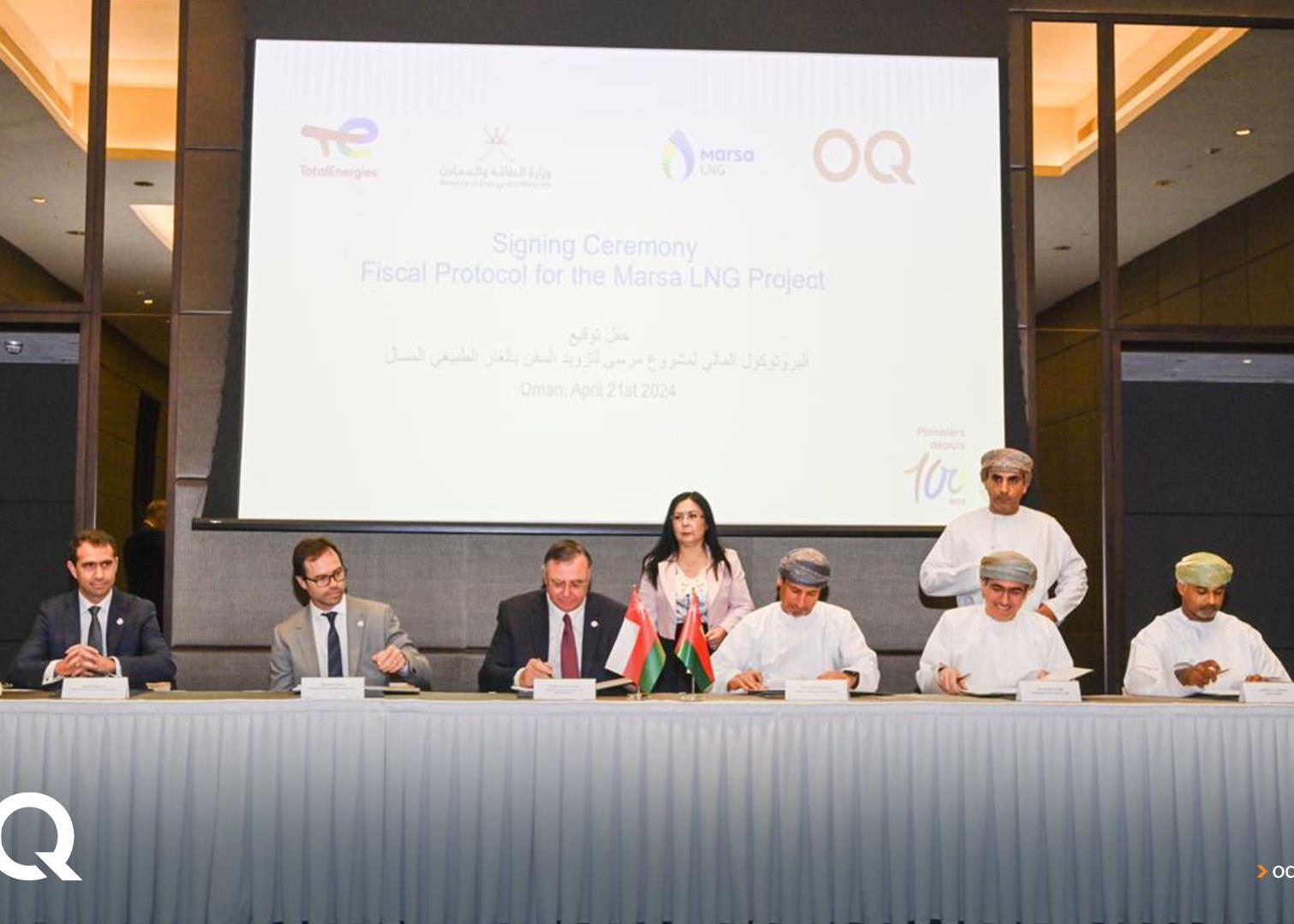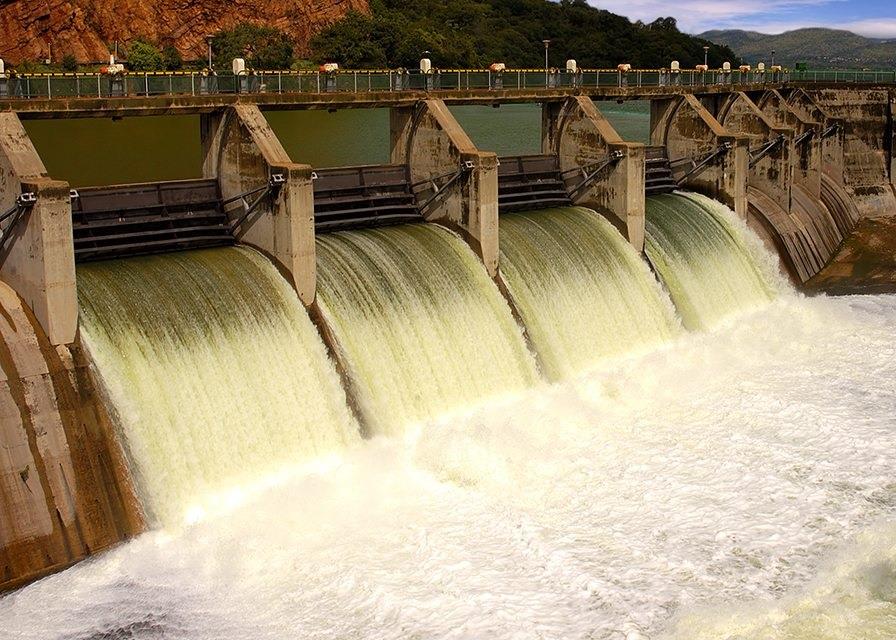

The de-facto shutdown of much of the global economy in the first four months of 2020 caused by measures to stop the spread of coronavirus (Covid-19) is challenging many of the drivers of business growth and investment in the Middle East and North Africa (Mena) region.
The collapse of oil prices and fall in tourism and consumer spending has raised deep questions about some of the region’s highest growth sectors.
One sector that shows no sign of disappearing is renewables. While the supply chain for projects has been disrupted, and the commercial model for privately finance power plants has been upset, the region remains committed to diversifying is energy sources and lowering its costs through renewables.
Meeting demand
With about 28GW of renewable energy production capacity installed across the Mena region, of which by far the biggest component is hydropower with 21GW, renewable energy represents only 7 per cent of the region’s power generation capacity.
But with electricity demand rising at about 5 per cent a year, and with a shortage of readily available natural gas supplies, expanding renewables capacity is now one of the top policy priorities for governments in the region.
Boosted by falling technology costs and the drive to reduce carbon dioxide emissions, most countries are planning and procuring solar and wind projects. Across the region, governments have set ambitious clean energy targets, with Dubai the most aggressive, aiming for 75 per cent of its energy to come from clean sources by 2050.
At the start of 2020, about 98GW of new renewable energy generation capacity was planned across the region, with 39GW of additional capacity due to come on stream by 2025.

The latest edition of Abu Dhabi’s World Future Energy Summit in January 2020 highlighted the strides that have been taken in the region, and particularly by the UAE, to play a leading role in the transition from unsustainable carbon-production to sustainable renewable energy.
Completion of the GCC’s first utility-scale renewables projects has increased confidence among governments, developers and financiers. This has reduced the cost of financing and delivering projects.
The market also expects greater adoption of small and medium-scale schemes such as rooftop solar.
At present, it is countries with hydropower capabilities that have the highest renewables capacity. The landscape is changing rapidly, however, as a series of large-scale solar and wind projects are being delivered.
Merging renewable energy, primarily photovoltaic solar power, into power grids requires policy adjustments and new regulations
Obstacles to overcome
But as renewables move from the fringes to the centre of the region’s energy eco-system, regulators, investors and consumers must overcome several structural and technical obstacles.
Regulatory reform is the biggest challenge facing renewables. Merging renewable energy, primarily photovoltaic solar power, into power grids requires policy adjustments and new regulations. This includes ensuring grid flexibility and stability, integrating new technologies such as battery-storage and electric vehicles, and establishing commercially attractive business models.
Another challenge is to break the link between electricity and water production that is hard-coded into the region’s utilities.
 REPORT: MENA Renewables 2020 with coronavirus update
REPORT: MENA Renewables 2020 with coronavirus update
> Comprehensive review of the impact of Covid-19 on the energy sector
> Outlook for renewable energy policy and investment
> Covers solar, wind, hydro-electric, waste-to-energy and alternative fuels
> Projects opportunities with client and procurement details
Shaping strategy
Mena Renewables 2020 is the latest research report from MEED. It provides a comprehensive country-by-country review of the renewable energy sector across the Mena region with in-depth analysis of projected investments, policy and legislative frameworks, and the projects planned and under way. It also details the key government bodies driving the development of renewables in each country.
The market intelligence report is a valuable asset that will help companies shape strategy for the region and position their businesses for success in this rapidly evolving industry.
MEED’s Mena Renewables 2020 report with coronavirus update is available here
You might also like...

Ajban financial close expected by third quarter
23 April 2024

TotalEnergies awards Marsa LNG contracts
23 April 2024

Neom tenders Oxagon health centre contract
23 April 2024

Neom hydro project moves to prequalification
23 April 2024
A MEED Subscription...
Subscribe or upgrade your current MEED.com package to support your strategic planning with the MENA region’s best source of business information. Proceed to our online shop below to find out more about the features in each package.








